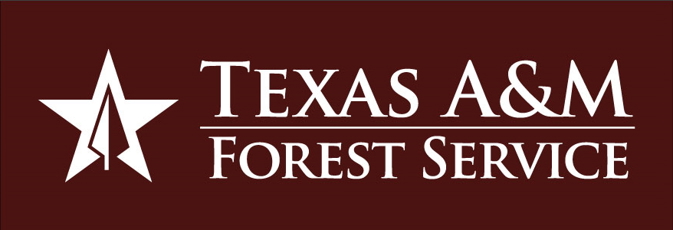Tree-Killing Insect Confirmed in Dallas County

FOR IMMEDIATE RELEASE
COLLEGE STATION, Texas — The presence of the invasive emerald ash borer (EAB) was confirmed this week in Dallas County. Dallas County will be added to the list of Texas jurisdictions under quarantine by the Texas Department of Agriculture (TDA). TDA quarantines are designed to slow the spread of the insect by limiting the transportation of ash wood, wood waste and hardwood firewood.
On May 12, Texas A&M Forest Service collected an adult beetle specimen in the Carrollton/Coppell area and tentatively identified it as being EAB. The beetle was collected in an EAB trap that is part of a state monitoring program run by Texas A&M Forest Service each year.
“EAB is a destructive, non-native wood-boring pest of ash trees,” said Allen Smith, Texas A&M Forest Service Regional Forest Health Coordinator. “Since 2018, we have deployed nearly 500 traps across Central, East and North Texas annually watching for the insect’s presence and movement.”
The specimen was sent to the USDA Department Animal and Plant Health Inspection Service (APHIS) national lab for confirmation and tested positive as EAB.
The aggressive pest is a significant threat to urban, suburban and rural forests,” said Smith. “Both healthy and unhealthy ash trees are susceptible to EAB attack and may die within two or three years after becoming infested. Ash trees have no natural resistance to the exotic insect. Without proper proactive measures, mortality can be 100 percent in heavily infested areas, so early detection could improve our chances to manage for the pest.”
Native to Asia, forest health experts have been monitoring EAB movement across the United States since 2002. It has spread to more than half of the states in America, killing millions of ash trees. The beetle was first detected in Texas in 2016 in Harrison County in northeast Texas. Since then, EAB has been positively confirmed in Bowie, Cass, Dallas, Denton, Marion, Parker and Tarrant Counties.
After the initial specimen was collected, additional adult beetles were also trapped in central and southern areas of Dallas County.
Once the presence of EAB is confirmed in a county, TDA assumes regulatory responsibility which includes the establishment of quarantines. The state’s mandatory quarantine by TDA, restricts movement of any woody ash material exiting the county or quarantined area.
“Because EAB is transported unintentionally on firewood and wood products, the quarantine helps slow the beetle’s spread by restricting the movement of wood in and out of affected areas,” said Smith.
Texas A&M Forest Service urban tree canopy inventories estimate that ash trees comprise approximately five percent of the Dallas/Fort Worth urban forest and approximately one percent of the standing inventory forests in East Texas.
“There is no known stop to this epidemic,” said Smith. “But we can help communities minimize loss, diversify their tree species and contribute to the health and resiliency of their urban forests.”
Texas A&M Forest Service works with communities on state quarantines of the movement of wood into and out of impacted areas. There are resources available to help affected communities identify signs of EAB infestation and can assist in making decisions about preventative measures they can take and how to handle tree management and removal.
For more information on EAB in Texas, please visit http://texasforestservice.tamu.edu/eab/.
EAB photos and resources can be viewed and accessed at http://ow.ly/LIJi30lbBxz.
For information from TDA on EAB quarantine, visit https://texreg.sos.state.tx.us/public/readtac$ext.ViewTAC?tac_view=5&ti=4&pt=1&ch=19&sch=Z&rl=Y
To report emerald ash borer, please call 1-866-322-4512.
###
Texas A&M Forest Service Contacts:
Mike Sills, Urban Forester, 972-695-3055, msills@tfs.tamu.edu
Allen Smith, Regional Forest Health Coordinator, 903-297-5094, lasmith@tfs.tamu.edu
Communications Office, 979-458-6606, newsmedia@tfs.tamu.edu
